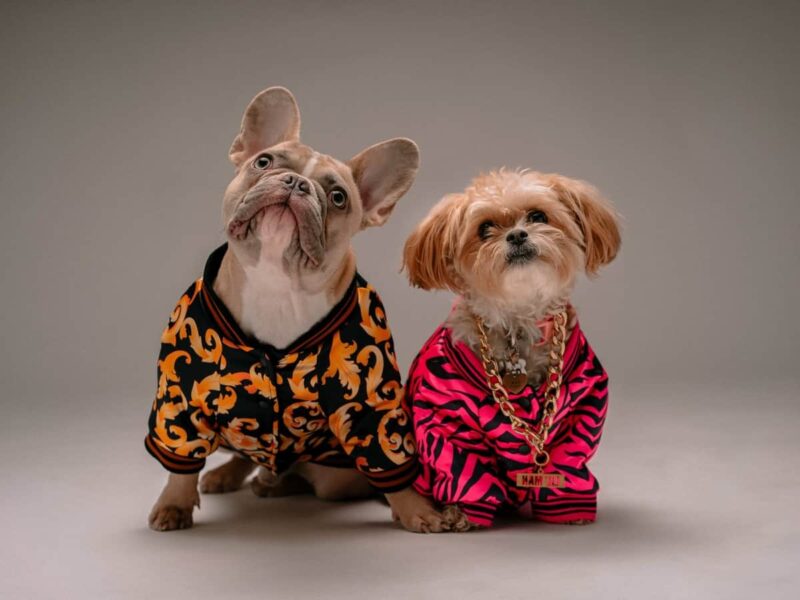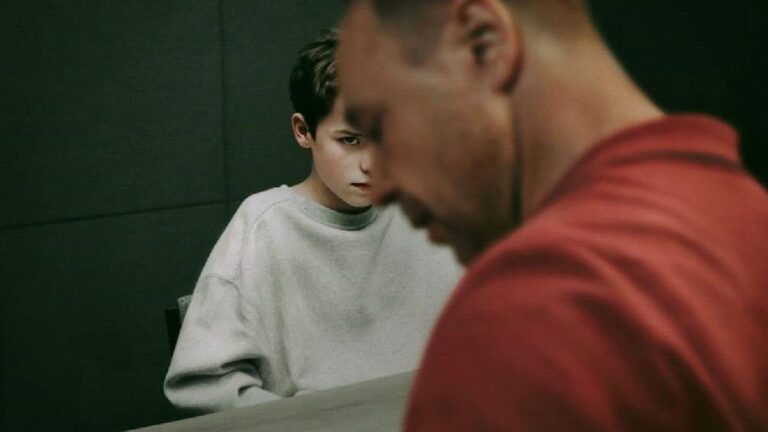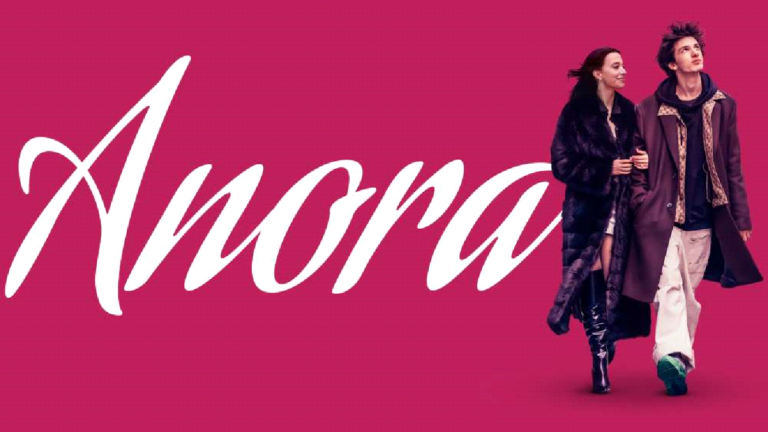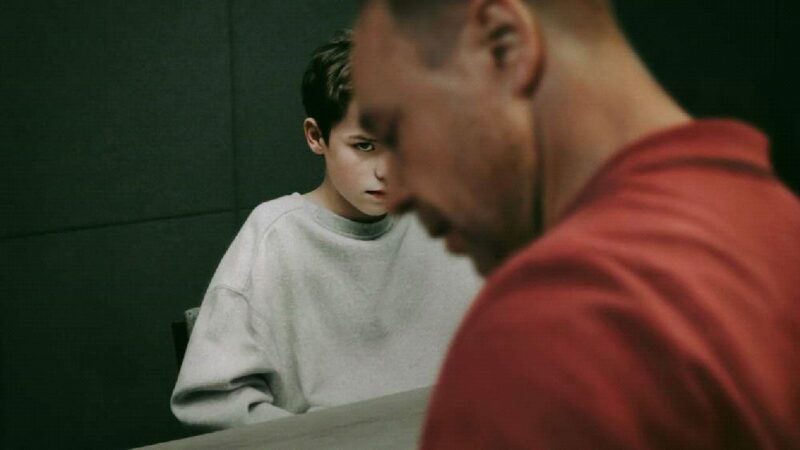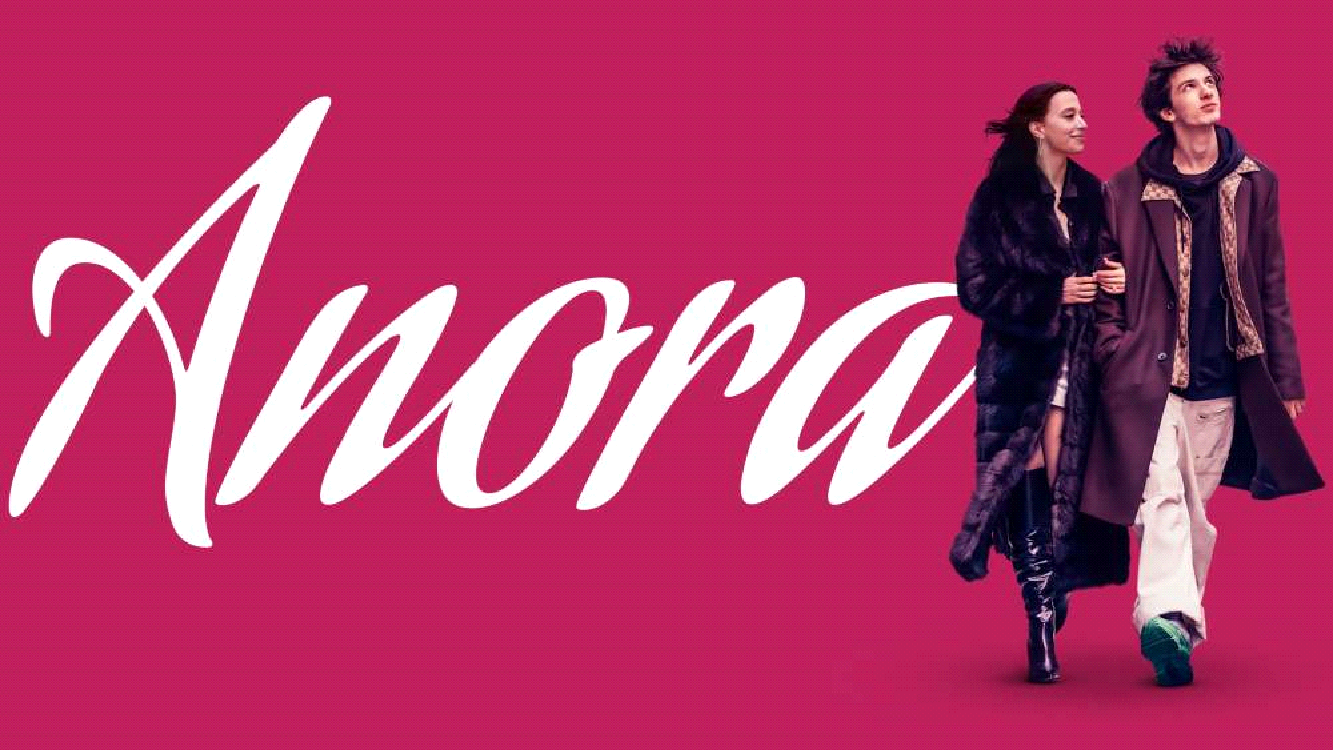The world of pet fashion has evolved dramatically, transcending mere functionality to become a statement of style and personality. This shift reflects a broader cultural trend where pets are increasingly seen as integral members of the family, deserving the same level of attention and care as their human counterparts. This article delves into the fascinating world of dog fashion and designer dog clothes, exploring various facets of this unique industry.
The Rise of Canine Couture
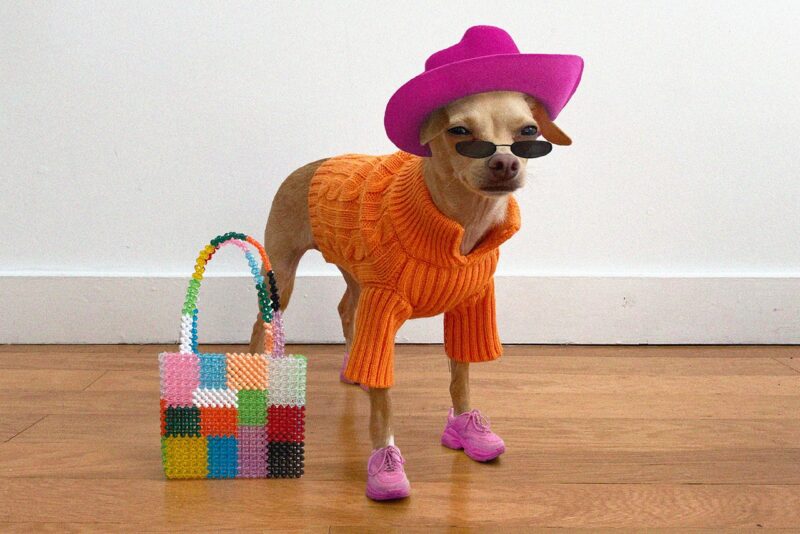
The emergence of canine couture as a serious segment of the fashion industry is a recent phenomenon. Historically, dog clothing was practical, aimed at protection against harsh weather. Today, however, it encompasses a wide range of styles, mirroring human fashion trends. The rise of social media and celebrity pet influencers has significantly contributed to this trend, showcasing dogs in stylish attire and inspiring pet owners worldwide.
Design Philosophy Behind Dog Fashion
Designing clothes for dogs is markedly different from human fashion design. It requires a deep understanding of canine anatomy and movement. Comfort and safety are paramount, as dogs are more active and have different body structures than humans. Fabrics must be durable yet comfortable, and designs should allow easy movement and not obstruct natural behaviors like wagging or jumping.
The Market for Luxury Dog Apparel
Luxury dog apparel represents the high-end segment of the pet fashion industry. Brands known for human fashion have ventured into pet fashion, offering designer dog clothes such as those at Veselka, that often match their human lines. This segment caters to pet owners who view their dogs as status symbols or extensions of their own style. The luxury dog apparel market isn’t just about aesthetics; it’s about premium materials, craftsmanship, and exclusivity.
Cultural Influence on Dog Fashion
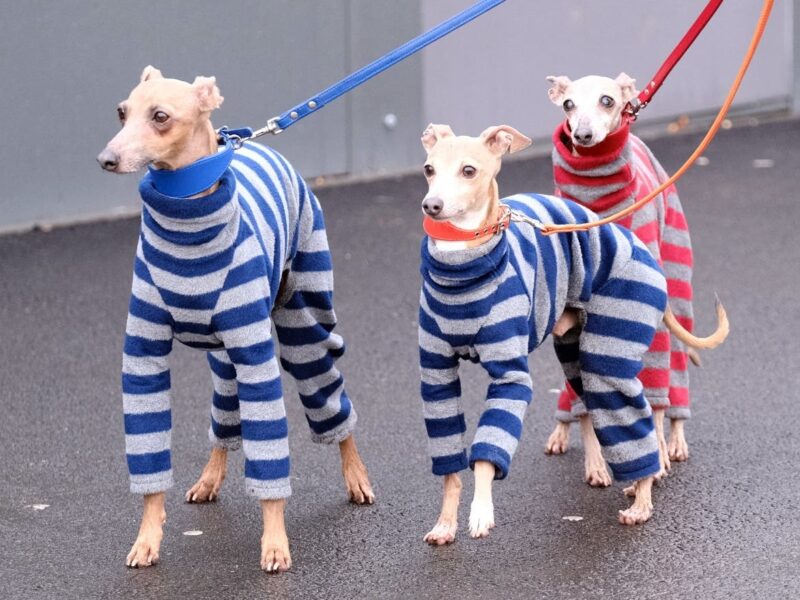
Cultural influences play a significant role in shaping dog fashion trends. In countries with strong fashion industries, like Italy or France, dogs are often seen sporting chic, high-fashion looks. In contrast, practical and sporty styles might be more prevalent in regions with an outdoor, active lifestyle. Seasonal and cultural events also influence dog fashion, with special attire for occasions like Christmas, Halloween, and national holidays.
Customization and Personalization in Dog Apparel
The demand for personalized dog apparel is growing. Pet owners are seeking unique, customized pieces that reflect their pet’s personality or match their own style. Customization ranges from selecting specific fabrics and colors to adding personalized details like monograms or custom-fit designs. This trend signifies a shift towards viewing pets as individual beings with their own identities.
Sustainability and Ethical Considerations
As in human fashion, sustainability and ethics are becoming significant concerns in the pet apparel industry. Consumers are increasingly looking for eco-friendly materials, ethical manufacturing processes, and cruelty-free products. Brands that prioritize these values are gaining popularity, aligning with a broader consumer trend towards responsible consumption.
Innovations in Dog Fashion
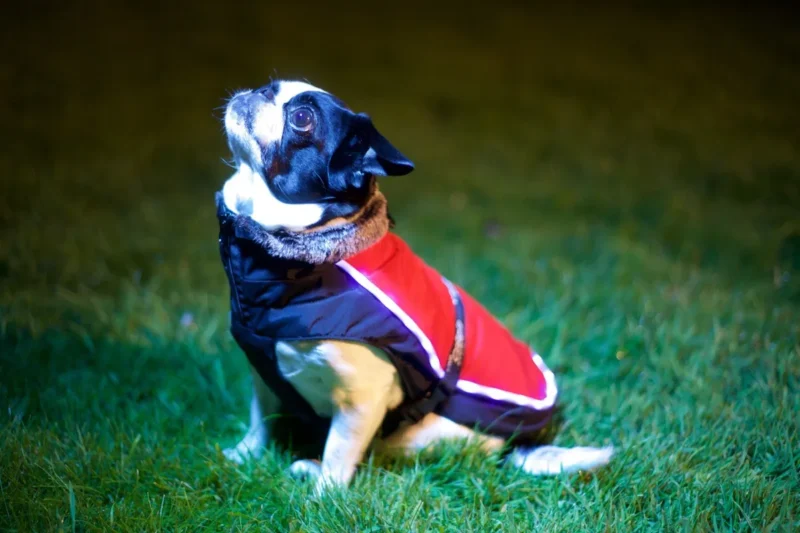
Innovation is at the heart of dog fashion’s evolution. Designers are constantly pushing boundaries, integrating technology into dog apparel. From LED-lit jackets for safety at night to temperature-regulating fabrics that keep dogs comfortable in various climates, the focus is on combining style with practicality and comfort. Smart clothing, equipped with GPS trackers or fitness monitors, represents a fusion of fashion and functionality, catering to the tech-savvy pet owner.
The Role of Social Media in Shaping Trends
Social media has been instrumental in catapulting dog fashion into the mainstream. Platforms like Instagram and Pinterest are awash with pet fashion influencers, some of whom have follower counts rivaling human celebrities. These canine stars showcase the latest trends and inspire pet owners worldwide. Brands often collaborate with these influencers for product launches or marketing campaigns, recognizing their power in shaping consumer preferences.
Challenges Facing the Dog Fashion Industry
Despite its growth, the dog fashion industry faces unique challenges. Sizing is a significant issue, as dogs come in a vast range of shapes and sizes, making standardized sizing difficult. Additionally, there’s a fine line between fashionable and functional. Some critics argue that certain trends prioritize appearance over the animal’s comfort or well-being, raising ethical concerns. Balancing aesthetics with the animal’s comfort and health remains a crucial challenge for designers.
The Psychological Impact of Dog Fashion
Dog fashion isn’t just about making a style statement; it has psychological implications too. For some pet owners, dressing their dogs in fashionable attire is a way of strengthening their bond, viewing them as an integral part of their lifestyle and family. On the other hand, anthropomorphizing pets by dressing them in human-like clothing can be controversial. Some argue it imposes human attributes on animals, potentially overlooking their natural needs.
Future Trends in Dog Fashion
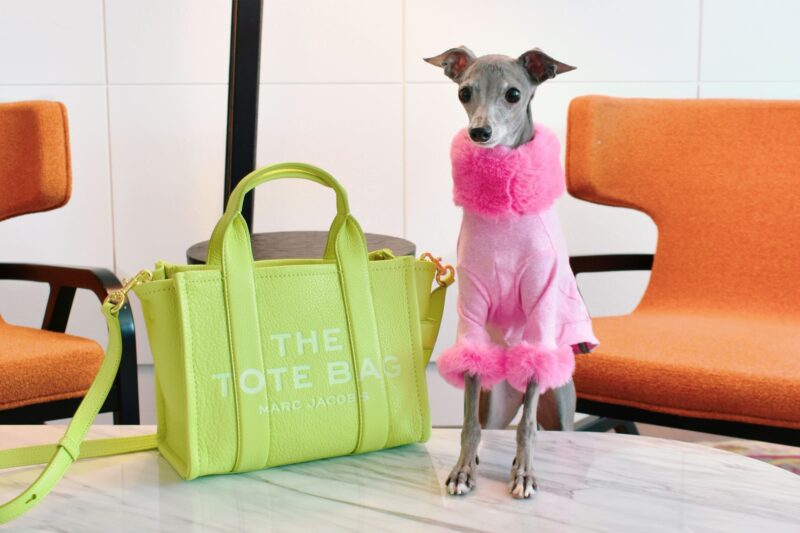
Looking ahead, the dog fashion industry is set to witness even more creativity and innovation. Sustainable materials and ethical production methods will likely become more prevalent, responding to increasing consumer demand for environmentally friendly products. Additionally, the integration of technology in dog apparel is expected to grow, with advancements in smart fabrics and wearables that enhance pet care and monitoring. The industry might also see a greater emphasis on inclusivity, with designs catering to dogs with special needs or disabilities.
The Economic Impact of Dog Fashion
Dog fashion has become a significant economic sector within the pet industry. It’s not just about the sale of clothes but also the ancillary services and products it generates, like fashion shows, photoshoots, and specialized pet boutiques. This sector’s growth reflects a broader trend in pet humanization, where pets are increasingly treated as family members, leading to increased spending on pet-related products and services.
End Note
In summary, the world of dog fashion and designer dog clothes is a complex and multifaceted industry. It mirrors societal trends, reflects cultural values, and addresses practical needs, all while offering a platform for pet owners to express their style and affection for their pets. As it continues to evolve, it will undoubtedly offer new insights into the relationship between humans and their canine companions, blurring the lines between pet care and fashion statement.

